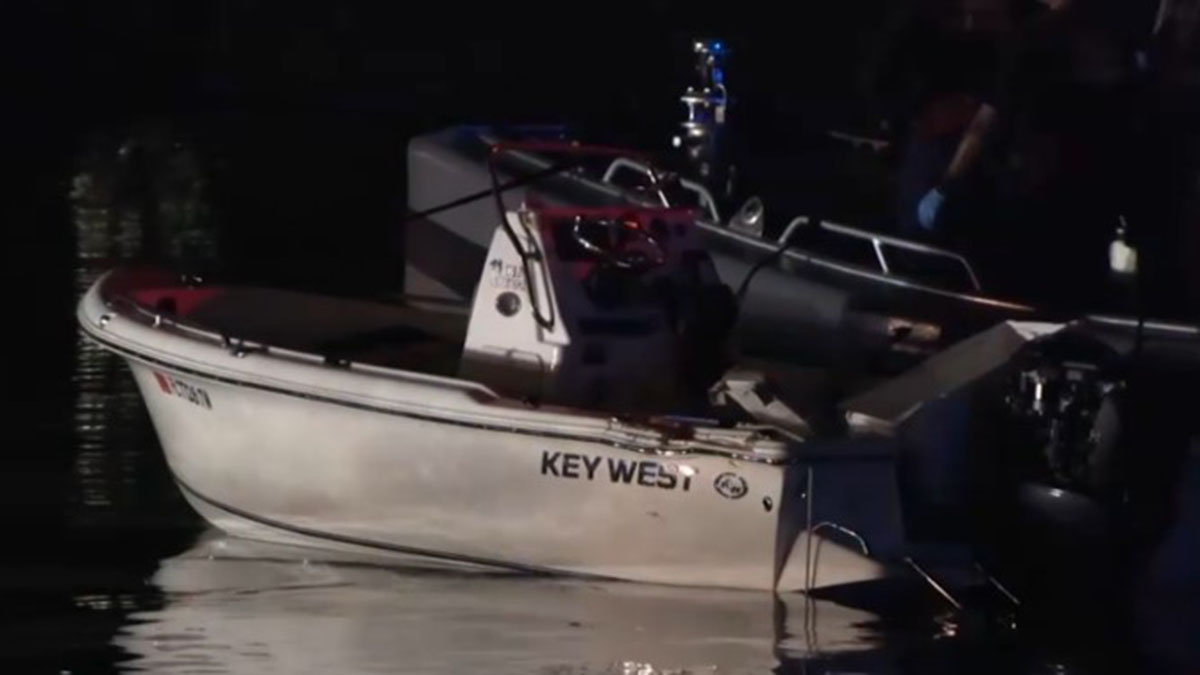Much of what we know about Hurricane Dorian comes from hurricane hunters – professionals who track storms from the sky.
It’s vital work that provides meteorologists on the ground crucial information.
Casey Densmore, 23, has already flown through the eyewall of a hurricane 68 times.
It doesn’t phase him, because for Casey and the other eight crew members aboard the WC120-J, passion mitigates fear.
"When we are flying storms it’s a very high-operation tempo," Densmore said. "You get that stadium effect where it's clear at the top. It is honestly one of the most breathtaking things I’ve seen in my entire life. Every single time it's just jaw-dropping to look at."
At 19, Casey started collecting data from the ocean waters that feed hurricanes. His hope is to become a naval airman next year.
And he’s got the smarts.
Local
"As you have the hurricane moving over the ocean the winds will cause a lot of mixing which will mix up the colder water from below and that colder water deprives it of energy which causes the storm to weaken," Densmore said.
But while Casey has the smarts, pilot Ben Blair has the heart.
Blair, who has been flying since 2000, has glided through the eye of a hurricane nearly 70 times.
And he’s no stranger to the destruction a hurricane can cause.
"Growing up along the gulf coast I’ve been dealing with hurricanes all my life. Hurricane Rita- it was the same year as Katrina, about a month after Katrina if I recall and pretty much the entire metropolitan area of Houston tried to evacuate”
Ben remembers the evacuation notices his family got when Hurricane Rita threatened his hometown. So many families ran then- and it helped fuel his desire to fly toward now.
“It’s a cool feeling knowing we’re a part of that puzzle and getting that data to the folks who need to know.”
And that goes for every one of the 8 crew members on board. Every one has a story that drives them to fly into harm’s way- so they can help others get out.



